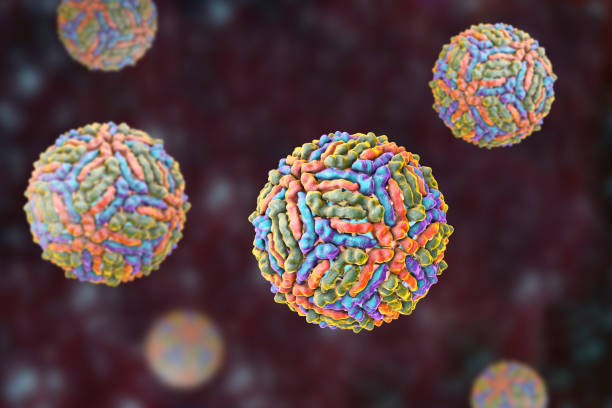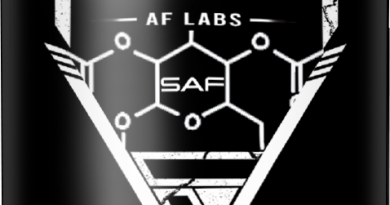Top 7 Bloodborne Pathogens that Can Cause Major Harm
Bloodborne pathogens are microorganisms capable of causing disease when transmitted through blood. In healthcare, these organisms pose a serious threat to patient safety and must be handled with care.
These pathogens are transmitted through contact with contaminated blood or blood-related fluids, most commonly through unsterile equipment or injection of infected blood during a procedure.
This blog post will discuss the list of bloodborne pathogens that can cause significant harm in healthcare and how to keep your facility safe from exposure.
Contents
Hepatitis B Virus
Hepatitis B is a viral liver infection that can cause chronic liver disease and even liver failure. The virus is transmitted from person to person via blood. Hepatitis B is one of the top five infectious diseases in the U.S. It is the leading cause of liver disease and the leading reason for liver transplants.
It is also a significant cause of liver cancer. Protect yourself and your patients by wearing gloves, barrier precautions (gowns, shields, masks, eye protection), and proper disposal of infectious waste. A patient with a history of hepatitis B will require strict isolation.
Hepatitis C Virus
Hepatitis C is a viral infection of the liver that attacks the liver’s ability to function correctly. It is transmitted through exposure to blood and can have a long incubation period (it can take many years for symptoms to appear).
Despite a high rate of cure in recent years, hepatitis C remains a significant health hazard. It is the leading cause of liver disease in the U.S., responsible for more than 30,000 deaths yearly. Protect yourself and your patients by wearing gloves, barrier precautions (gowns, shields, masks, eye protection), and proper disposal of infectious waste. A patient with a history of hepatitis C will require strict isolation.
HIV (Human Immunodeficiency Virus)
HIV attacks the immune system and weakens the body’s ability to fight infections and certain cancers. The virus is transmitted from one person to another via blood.
It can be transmitted to healthcare workers if proper precautions are not taken. Protect yourself and your patients by wearing gloves, barrier precautions (gowns, shields, masks, eye protection), and proper disposal of infectious waste. If a patient has a history of HIV, they will require strict isolation.
Syphilis
Syphilis is a bacterial infection that can cause severe brain, heart, and blood vessel diseases. It is transmitted from one person to another via direct contact with a syphilis sore. Syphilis is on the rise due to the opioid epidemic. It can be transmitted from patient to healthcare worker via blood.
If a healthcare worker is infected, it can cause long-term damage. Protect yourself and your patients by wearing gloves and proper disposal of infectious waste. A patient with a history of syphilis will require strict isolation.
Tb (Tuberculosis)
TB is a bacterial infection that can attack any body part but is often found in the lungs. It is transmitted when a person inhales droplets from an infected person. It can be transmitted to healthcare workers when proper precautions are not taken.
Protect yourself by wearing gloves, barrier precautions (gowns, shields, masks, eye protection), and proper disposal of infectious waste. If a patient has a history of TB, they will require strict isolation.
Staphylococcus aureus
Staphylococcus aureus is a bacterium that can cause skin infections, bloodstream infections, and pneumonia. It can be transmitted from one person to another via direct contact with infected skin. It can be transmitted from patient to healthcare worker via blood.
Protect yourself by wearing gloves, barrier precautions (gowns, shields, masks, eye protection), and proper disposal of infectious waste. A patient with a history of staph infection will require strict isolation.
Pseudomonas aeruginosa
Pseudomonas aeruginosa is a type of bacteria that is resistant to many antibiotics. It is transmitted from one person to another via direct contact with bodily fluids or contaminated equipment. It can be transmitted from patient to healthcare worker via blood.
Protect yourself by wearing gloves, barrier precautions (gowns, shields, masks, eye protection), and proper disposal of infectious waste. A patient with a history of Pseudomonas aeruginosa will require strict isolation.
Conclusion
Bloodborne pathogens are microorganisms transmitted through the blood. The most common pathogens are hepatitis B virus, hepatitis C virus, HIV, and syphilis.
To prevent the transmission of bloodborne pathogens, healthcare workers must practice Standard Precautions. This includes wearing gloves, using protective barriers and adequately disposing of infectious waste. If a patient has a history of a bloodborne pathogen, they will require strict isolation.



